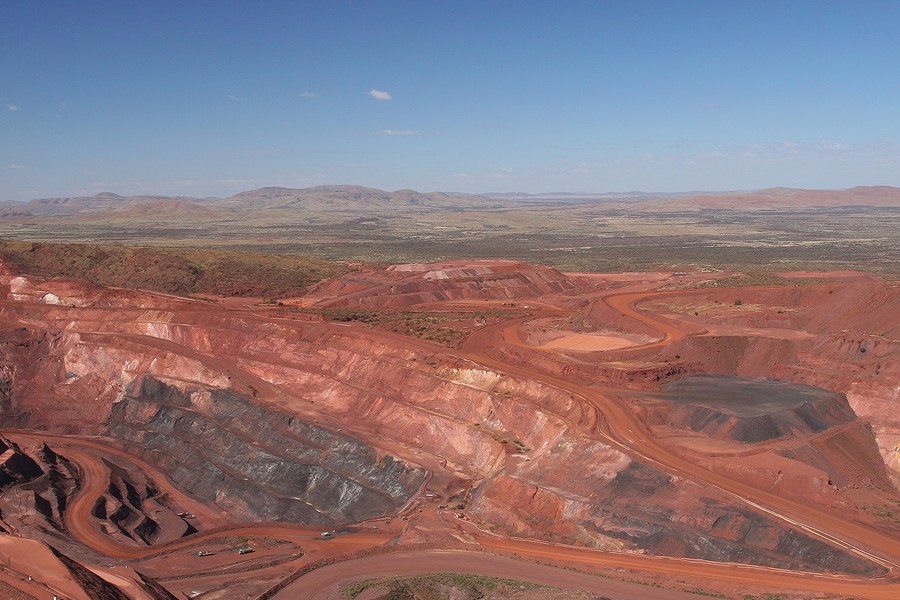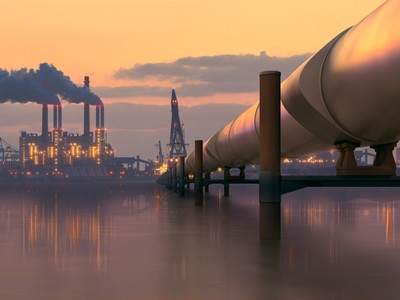Not surprisingly, there is a strong correlation between Rio Tinto’s (Rio) fortunes and iron ore price. The next most important asset for Rio are the aluminium assets which accounted for 20% of profits in the year to 2015, followed by copper. Rio owns a minority 34% economic stake in the Mongolian copper mine, Oyu Tolgoi, although Rio’s control rights are stronger. Oyu Tolgoi is still very much under development but over time its copper output should rise to be of near similar importance to aluminium in the current structure.
Rio’s shares have fallen in close correlation with the declining iron ore price. Back in 2011, when Chinese demand was strong, a ton of iron ore sold for $190. Now a ton of the same material only brings in around $50. But that is better than the $38 of December 2015. In a similar vein, Rio’s shares traded at £47 in 2011 – you can now buy them for £20.
Taking a view on Rio requires a line on what global iron ore supply and demand is doing, as well as an understanding of what the company is managing to do with its internal costs and capital expenditure, or capex.
In 2015 the earth yielded a total of about 3.3 billion tonnes of iron ore. In terms of iron production that translates into most of it finding its way to China, who produced 710 million metric tons (or 60%) of the world’s 1,180 million metric tons of production of iron.
That illustrates the importance of China in terms of the supply and demand equation and why investors are still “all eyes on China”. In terms of Chinese demand, I am more inclined to a benign view on their prospects going forward; Chinese growth has been slowing for the last decade and it continues to slow, but I don’t think it is crashing. Even if it did start to crash, I feel the Chinese have a free get-out-of-jail-card in terms of additional infrastructure spend.
Others look at the high levels of debt and take the opposite view. Officially, Chinese corporate, household and government debt stands at 250% of GDP, compared to Japan at 380% and the USA at 245%. Unofficial estimates of Chinese debt however are much higher and lead to the conclusion that paying the interest on the debt just about mops up all the spare cash which takes the economy into a recession that can only be avoided by allowing the renminbi to fall in order to stimulate demand.
I side with the optimists and don’t see China imploding. Attempts to finely predict the balance of the supply and demand of iron ore, and its effect on price have not, in the past, proved particularly fruitful. But there is a view that higher cost producers will have to exit at some stage.
So my conclusion on the topic of iron ore price is that whilst others have been predicting chaos in China for a year or so, it has not materialised; and I don’t think it will. At the same time, I see that iron ore prices at c$50 per ton are more than 30% off the December lows of $38. It looks as if prices going forward will be more range bound than before.
This all then begs the question of what happens to Rio’s finances if we hold these iron ore prices? Much of that is driven by what happens to the dividend.
In February Rio announced that “The board expects total cash returns to shareholders over the longer term to be in a range of 40 to 60 per cent of underlying earnings in aggregate through the cycle.” They also said that they would commit to the full dividend for 2016 of $1.10 (76p). That compares to $2.15 (£1.48) in 2015.
A raft of analysts swiftly applied the “range of 40% to 60%” to 2017’s earnings and looked for more cuts. I think that was misplaced as the analysts missed the “through the cycle” element of the announcement. My analysis shows that I think Rio can hold the dividend going forward. They will be post-dividend cashflow positive this year, cashflow negative in 2017 and broadly neutral thereafter. Having one of the strongest balance sheets amongst the miners should help avoid rash decisions being made on account of short term iron ore price volatility, or indeed capex requirements at Oyu Tolgoi.
The price of iron ore is critical going forward and a fall back to $40 per ton could prejudice the dividend, but going forward, I would look for the price of iron ore to hold.
John Royden is a beneficial owner of Rio Tinto.

